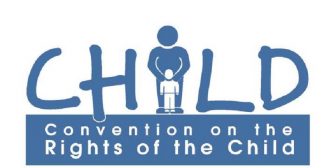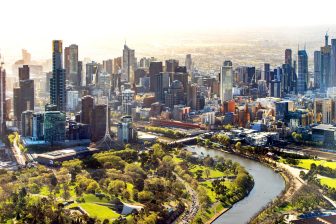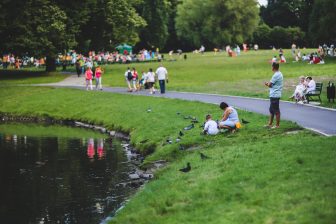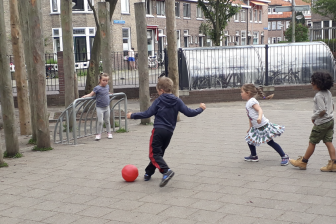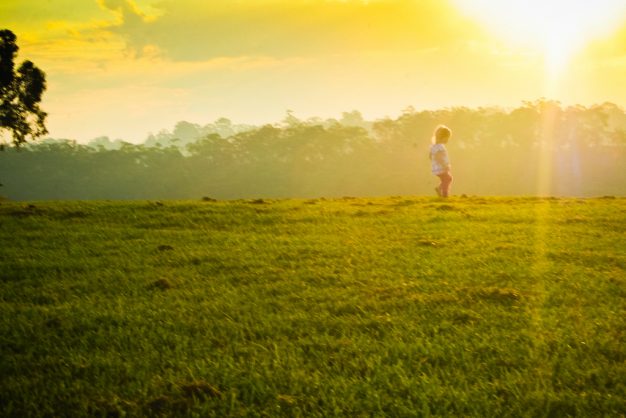
UN links child-friendliness to environment
The UN Committee on the Rights of the Child’s report of its General Discussion Day on children and the environment makes links between children’s freedom to play, and their ability to enjoy a healthy, sustainable environment. It calls on municipalities to do more to protect these important children’s rights and for governments to use planning regulations to ensure ‘the play and child-friendliness of all environments’ Adrian Voce reports.
The UN Committee on the Rights of the Child has published its report of the Day of General Discussion (DGD) held last September In Geneva, on the issue of “Children’s Rights and the Environment”
The aim of the 2016 DGD was to promote understanding of the relationship between children’s rights and the environment; identify what needs to be done for child rights-related laws, policies and practices to take adequate account of environmental issues; and for environment-related laws, policies and practices to be child-sensitive. Over 250 experts, NGO and UN agency representatives, academics and child activists met in Geneva for the 2016 DGD. The Committee also received 49 written submissions and the event drew significant social media attention.
‘Understanding in its infancy’
In its report of the DGD the UNCRC says ‘the impact of environmental damage on children’s rights is not a new issue. Yet, despite data explicitly linking environmental harm to child rights violations, increased awareness of environmental crises and numerous international agreements, the understanding of the relationship between children’s rights and the environment is still in its infancy’.
The report finds that ‘the parallel development of environmental law and human rights law has contributed to a lack of coordination between institutions dealing with child rights and environmental issues within both governments and the United Nations. This coordination gap is one of the reasons for inadequate monitoring and accountability for child rights violations that relate to the environment’.
Freedom to play
The UNCRC called the day was ‘a milestone in bringing together knowledge on the environment and children’s rights across different areas of expertise’. One of the DGD’s recommendations is that: ‘municipal planning should place a priority on enabling access to environments which increase all children’s freedom to play, be active and independent within their community.
‘This can include creating zones with priority for pedestrians or cyclists over motorized traffic in roads of family housing, or play streets outside schools; inclusive parks and playgrounds; access to landscaped green areas, open spaces, “wild-lands” or nature; and overall greater “walkability” ‘.
‘Furthermore, States should consider the need to orientate planning and regulations in areas that are not generally recognised as relevant for children towards ensuring the play- and child-friendliness of all environments’.
Adrian Voce
Source: UNCRC
The full report of the Day of General Discussion on Children’s Rights and the Environment can be downloaded here
What is a Day of General Discussion?
The purpose of the UNCRC Days of General Discussion is to foster a deeper understanding of the contents and implications of the UN Convention of the Rights of the Child as they relate to specific articles or topics. Representatives of Governments, non-governmental organizations, United Nations human rights mechanisms, United Nations bodies and specialized agencies, national human rights institutions, the business sector, as well as individual experts and children are invited to take part in the discussion.
